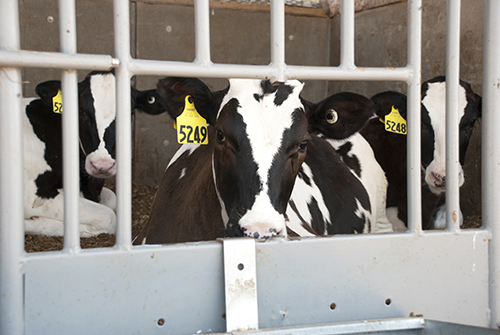
If there was one job I truly despised as a kid growing up on a dairy farm, it was helping bed the calf barn, which housed our calves from 3 months of age to around 500 pounds. I just never found a way to enjoy the swirling straw dust and strands of straw stuck down in my boots. At the time, I didn't appreciate that the discomfort I experienced had a positive influence to the success of the young heifers.
According to John Tyson, a Penn State extension specialist, this group of animals, which he refers to as transition calves, often get lost in the mix of the other tasks on the farm. He warns that improper housing, animal care and management of this group can lead to stunted growth and late entry into the lactating herd.
When discussing proper housing of this group of calves, Tyson suggests three areas to look at to evaluate the effectiveness of an environment for the transition calves. First, he recommends looking at the grouping strategy of the operation. The calves are often moving from hutches or individual housing into a situation where they share a pen with many other animals. This can serve as a breeding ground for calf diseases and disrupt the calves' routine.
Additionally, Tyson recommends evaluating the ventilation system for the transition calves. As a rule of thumb, he suggests providing an area with little moisture and no draft. One way he says producers can achieve this environment is by bedding with straw or another absorbent, warm material and stopping drafts every 20 to 30 feet with a solid floor-to-ceiling wall.
In addition to proper grouping and bedding, Tyson says producers should consider the amount of resting space available. Calves should have 30 to 35 square feet per animal with an additional 6 to 8 square feet around the feeder and waterer.
Tyson says taking care of this group of calves will pay dividends in the long run, so it looks like I can count on heaving flakes of straw across our barn the next time I am home.

The author was the 26th Hoard's Dairyman editorial intern. She is a senior at Kansas State University in Manhattan, Kan. At KSU, Maggie is double majoring in agricultural communications and journalism and animal sciences and industry. Seiler grew up on a 130-cow registered Holstein dairy in Valley Center, Kan., near Wichita.









